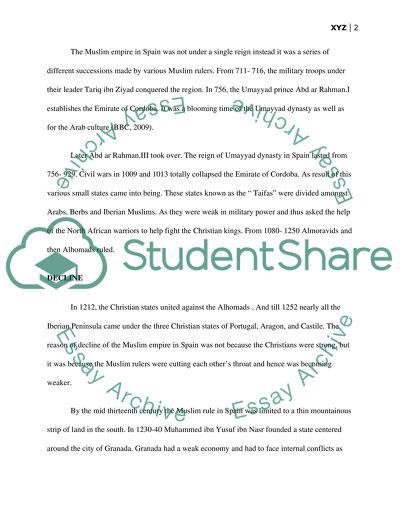Cite this document
(“Muslim Empire In Spain ( Alandalus ) Research Paper”, n.d.)
Retrieved from https://studentshare.org/history/1436236-muslim-empire-in-spain-alandalus-
Retrieved from https://studentshare.org/history/1436236-muslim-empire-in-spain-alandalus-
(Muslim Empire In Spain ( Alandalus ) Research Paper)
https://studentshare.org/history/1436236-muslim-empire-in-spain-alandalus-.
https://studentshare.org/history/1436236-muslim-empire-in-spain-alandalus-.
“Muslim Empire In Spain ( Alandalus ) Research Paper”, n.d. https://studentshare.org/history/1436236-muslim-empire-in-spain-alandalus-.


